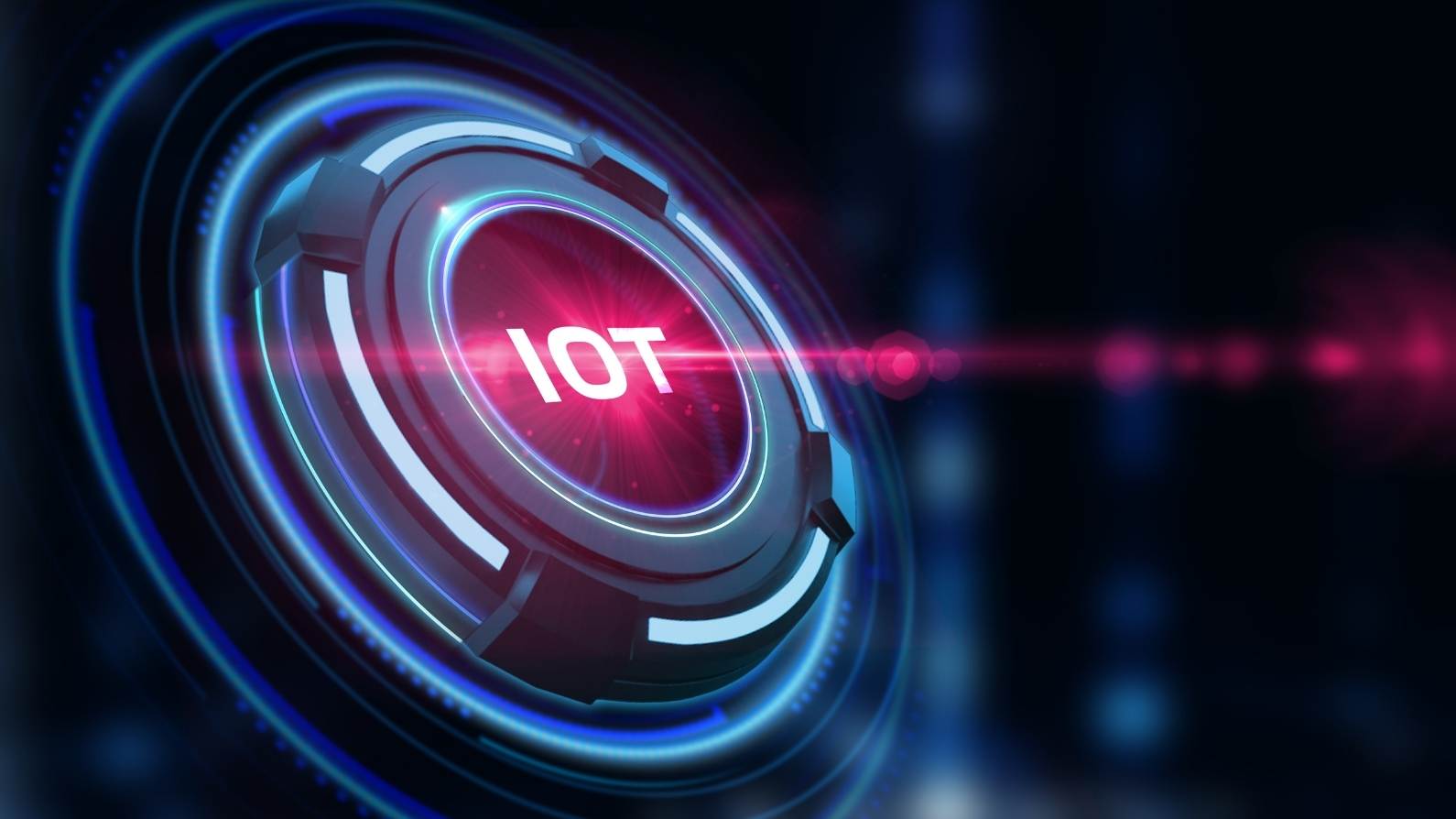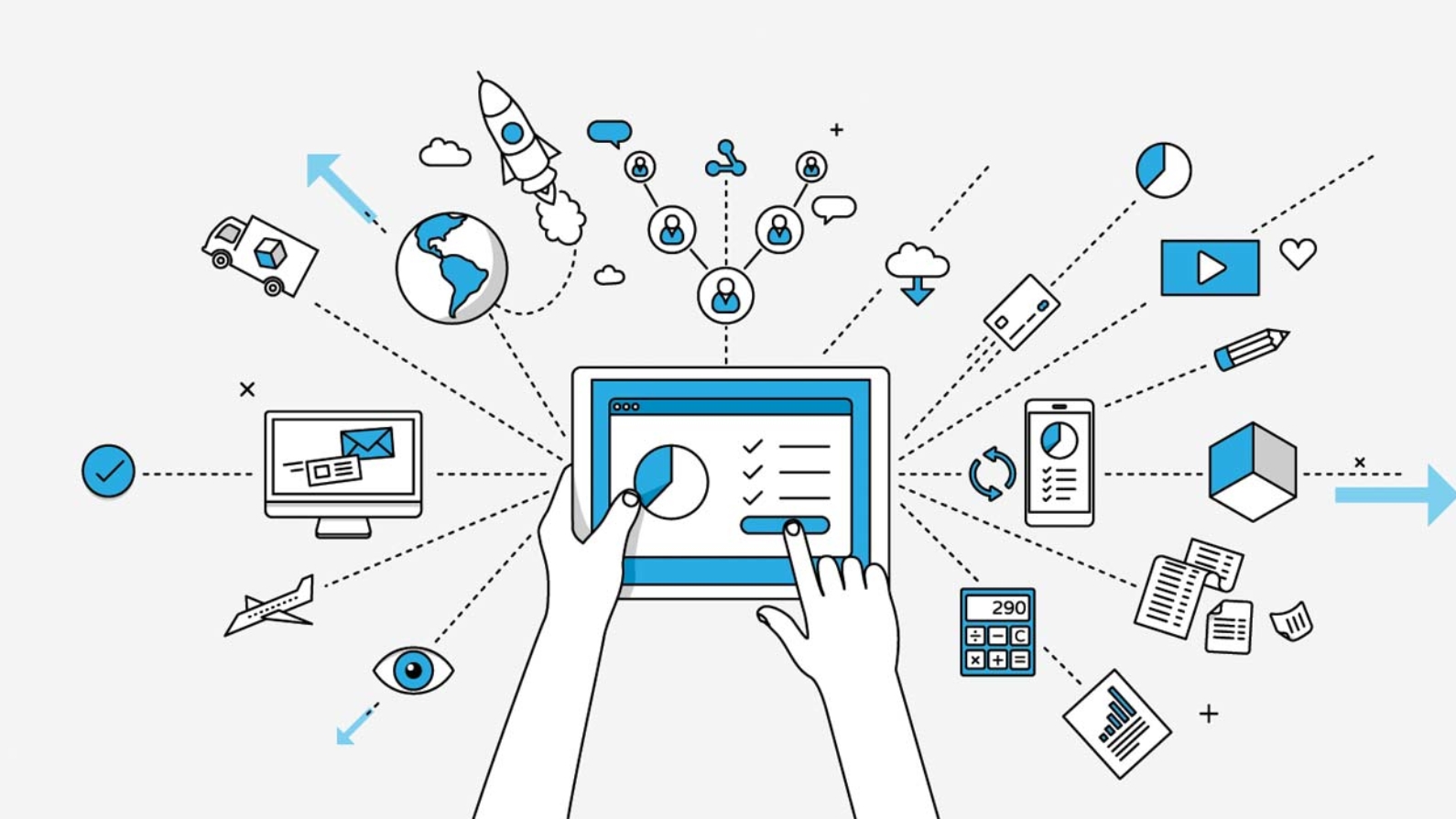

As we stand in the early months of 2024, one thing is clear: the Internet of Things (IoT) is not just booming, it’s exploding. From homes and hospitals to factories and farms, more devices than ever are connecting to the internet, weaving a vast digital tapestry that’s transforming the way we live, work, and interact with the world around us.
Numbers speak volumes:
- 207 billion connected devices predicted by the end of 2024, showcasing the sheer scale of the phenomenon.
- Cellular IoT connections reaching 3.5 billion, highlighting the increasing mobility and reach of these devices.
- Smart factory market in North America exceeding $500 billion, demonstrating the industrial revolution driven by connected machines.
But it’s not just about numbers. Here are some key trends driving the IoT boom in 2024:
1. AI and IoT Convergence: Artificial intelligence (AI) is becoming the brains behind the brawn of IoT devices. Machine learning algorithms analyze the data generated by sensors, enabling devices to learn, adapt, and make real-time decisions. This opens doors for predictive maintenance, optimized resource management, and even personalized experiences.
2. Sustainability Focus: With climate concerns mounting, IoT is playing a crucial role in green initiatives. Smart grids manage energy consumption efficiently, connected homes optimize lighting and heating, and wearables track individual carbon footprints.
3. Security Concerns Rise: As more devices connect, the attack surface for cyber threats expands. However, companies are investing heavily in robust security measures, encryption protocols, and secure chipsets to safeguard sensitive data and protect critical infrastructure.
4. Edge Computing Gains Traction: Processing data at the edge, closer to the devices where it’s generated, reduces latency and improves efficiency. This is particularly important for real-time applications like autonomous vehicles and industrial automation.
5. Standardization Efforts Accelerate: The fragmented nature of the IoT landscape is a hurdle to broader adoption. However, industry consortiums are working on common standards for communication protocols, data formats, and security, paving the way for seamless interoperability between devices and platforms.
The IoT’s impact is far-reaching:
- Smart cities: Traffic management, waste collection, and environmental monitoring are becoming more efficient and data-driven.
- Healthcare: Remote patient monitoring, medication adherence, and personalized medicine are improving health outcomes.
- Agriculture: Precision farming techniques optimize water usage, track crop health, and boost yields.
- Retail: Customer experiences are personalized, inventory management is automated, and supply chains are optimized.
The future is connected:
While challenges like security, interoperability, and ethical considerations remain, the potential of the IoT is undeniable. As technology advances and costs decrease, we can expect even more innovation and disruption across every aspect of our lives. The future is connected, and the IoT is leading the way.
Beyond this article, there are many exciting developments happening in the world of IoT. If you have any specific questions or areas of interest, feel free to ask!







